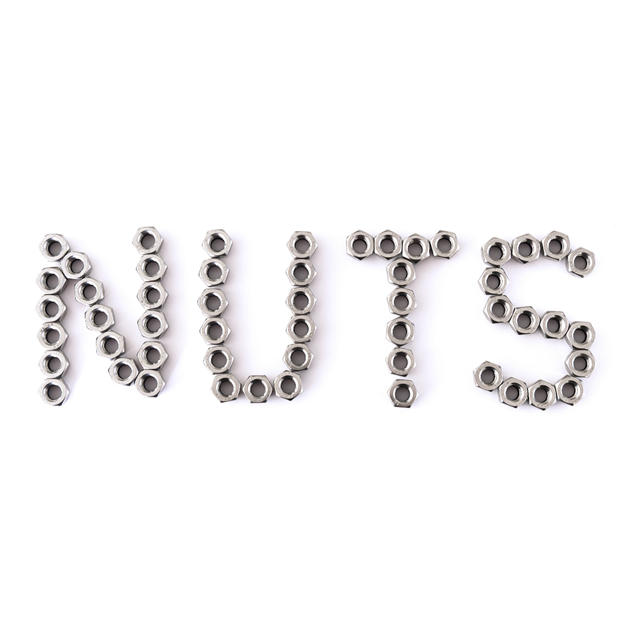If your vehicle has a few years on it, you've no doubt had your tires rotated a few times. In order to rotate tires, a technician has loosened the lug nuts (which hold the wheels on) to remove the wheels and then put them back on. Many vehicles have lug bolts that go through the wheel into the wheel hub rather than bolts that are attached to the hub and poke out through the wheel. There are different styles of lug nuts. Many of them are constructed from two separate pieces. One is the main part that is steel, and the other is a chrome, aluminum, or stainless steel cap that fits on top and makes it look pretty.
Don't be surprised if your Service Advisor tells you it's time for several of those lug nuts to be replaced. Here's why:
- Corrosion. Time takes its toll on your lug nuts because they're exposed to the elements (salt, water, grime). The steel part oxidizes (otherwise known as "rusts"). That makes the steel expand, distorting the shape of the cosmetic cap, so it's no longer the right fit with your lug nut wrench. Corroded wheel nuts will also not torque correctly which can cause a wheel to come loose or even come off the vehicle.
- Striped. After a while, those lug nuts lose their edges and can no longer be tightened or loosened properly. In some cases, it's impossible to budge them at all.
- Swollen. The lug nuts swell when they have been tightened too tight. To prevent this, only tighten the lug nuts with a torque wrench.
If you have a flat tire and your vehicle is at the side of the road, you may not be able to get the wheel off to put on the spare. The last resort may be towing the vehicle.
Each time a technician takes your wheels off, they will see what kind of shape the lug nuts are in and may recommend replacement before you get yourself into a predicament. Your Service Advisor may suggest using a one-piece lug nut that is far less likely to develop this type of problem in the future. Depending on the type of vehicle it is and the age, the lug nuts may need to be replaced anywhere between five and 15 years.
You know the old saying: an ounce of prevention is worth a pound of cure. And in this case, replacing lug nuts before they become a problem can save you a lot of aggravation, time and money down the road.
Eureka Brake & Automotive <br/>707.443.2122 <br/>www.eurekabrake.com
Revised from content contributed by NAPA Service Assistant

